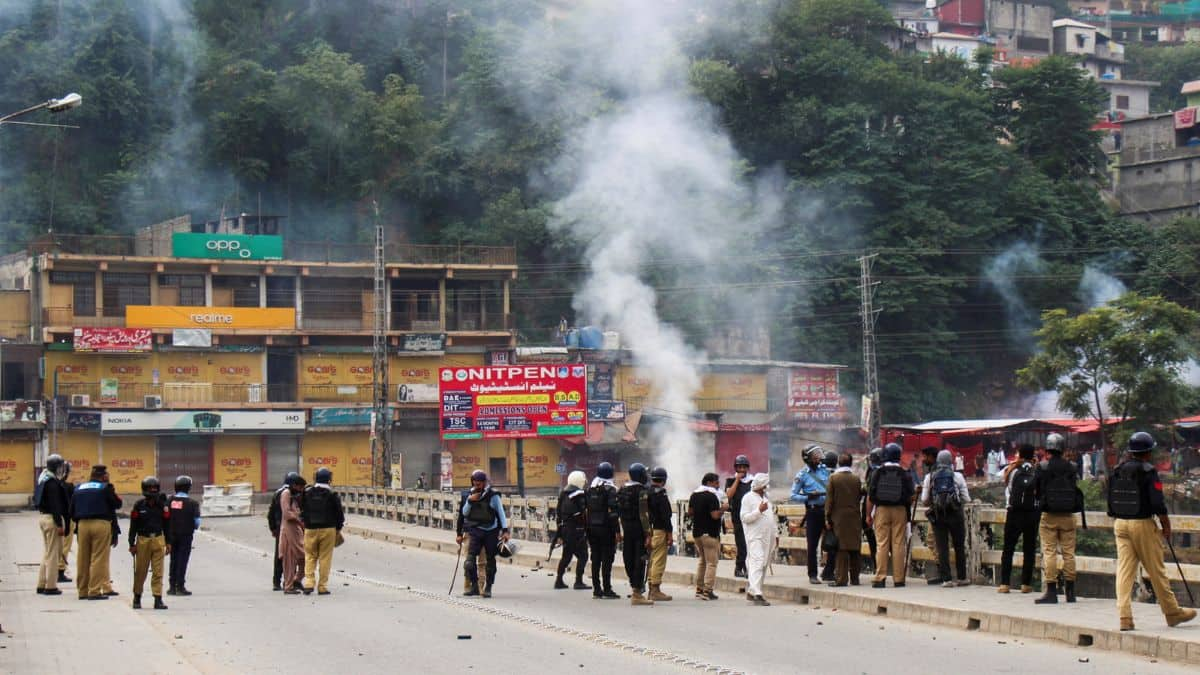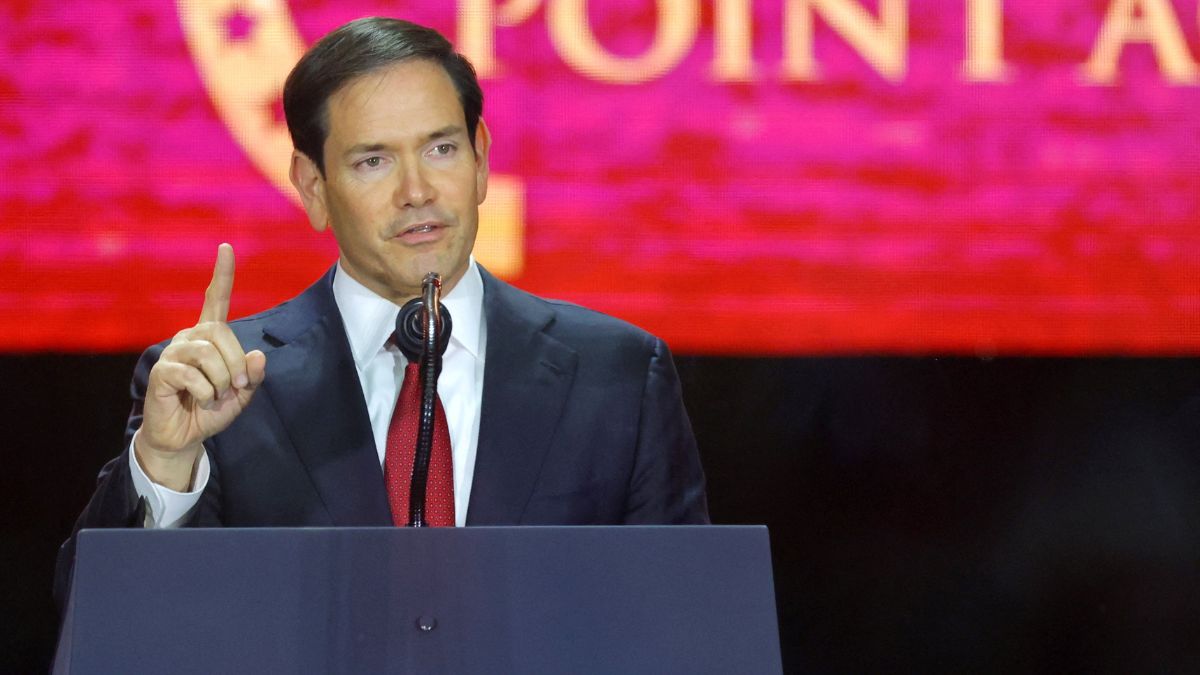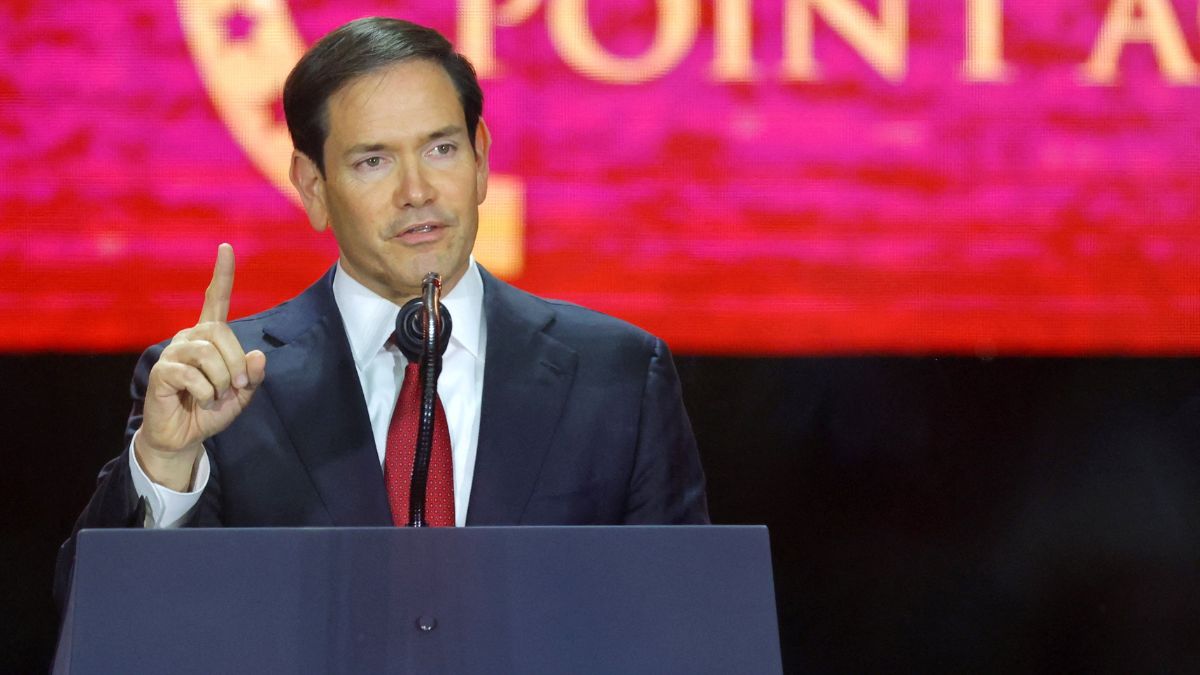When Western powers imposed sweeping sanctions on Russia following its invasion of Ukraine, few could have foreseen how dramatically global energy flows would be transformed. The sanctions, designed to cripple Moscow’s war chest, have instead catalysed a new world order in the oil market, one where India and China have emerged as the principal beneficiaries. By purchasing Russian crude at discounted rates, both nations have not only secured energy security but also accelerated the decline of Western dominance over global trade, especially that of the US dollar.
The question today is not from whom New Delhi and Beijing will purchase energy; the answer is evidently Russia, but in which currency they will pay. The issue strikes at the heart of the global financial architecture, dominated by the dollar since World War II. As the dollar’s influence faces its most serious challenge in decades, India finds itself walking a diplomatic tightrope between economic pragmatism and geopolitical pressure.
Trump’s Trade War and India’s Strategic Shift
The genesis of this new alignment can be traced not only to Russia’s geopolitical isolation but also to the return of economic nationalism in Washington. US President Donald Trump’s sweeping tariffs on Indian exports, imposed after New Delhi refused to yield to American pressure and halt Russian oil purchases, have inadvertently pushed India and China closer together.
Trump’s policies, meant to protect American industry and punish nations defying US strategic dictates, have had the opposite effect. India, once seen as a natural counterweight to China in the Indo-Pacific, is now exploring economic cooperation with Beijing, driven by sheer necessity and mutual energy interests. The warming of ties is visible in the reported discussions among Indian traders and refiners about paying for Russian oil in Chinese yuan, a move unthinkable a few years ago when tensions at the Galwan Valley defined the Sino-Indian relationship.
Impact Shorts
More ShortsYet, Washington’s inability to understand India’s energy compulsions has deepened mistrust. A group of 19 US Congress members recently urged Trump to lift tariffs on Indian exports, recognising that his hardline stance risks pushing New Delhi further into the Moscow-Beijing orbit. But there is little indication that Trump, known for transactional diplomacy, will relent.
The Realpolitik of Energy and Currency
India’s energy policy has always been grounded in realism rather than ideology. Russian crude now accounts for roughly one-third of India’s total oil imports, with savings estimated at over $12.6 billion in the last three years. The economic logic is irrefutable. Russian oil offers India an affordable supply at a time when global prices remain volatile.
Abandoning these imports under US pressure would be self-defeating. Estimates suggest India’s oil import bill could rise by $10 billion if it stopped buying Russian oil, triggering inflationary pressures across the economy. The government’s stance is therefore clear: India will continue sourcing energy from Russia “in the national interest”.
But this economic pragmatism is now intersecting with monetary geopolitics. As Western sanctions force Russia out of the dollar-based financial system, Moscow is increasingly willing to accept payments in alternative currencies, including the Chinese yuan. For India, this presents both an opportunity and a dilemma.
If Indian refiners pay in yuan, it would deepen trade ties with Beijing and help Russia circumvent the Western financial blockade. Yet it would also risk undermining the rupee’s stability and India’s long-term ambition of internationalising its own currency. The rupee’s weakening against the yuan, which hit an all-time low in mid-2023, adds another layer of complexity.
The Return of the Eurasian Axis
The most striking geopolitical fallout of this evolving energy order is the reconfiguration of Eurasia’s balance of power. The United States, once the undisputed architect of global alliances, finds itself increasingly isolated in a multipolar world. India, China, and Russia, three major Eurasian powers, are converging around shared interests: resisting Western financial coercion, ensuring energy security, and challenging the unipolar dominance of the US dollar.
Recent reports that India has joined China, Russia, and Pakistan in opposing foreign military bases in Afghanistan are emblematic of this shift. Trump’s suggestion of regaining control over Bagram Air Base, a remnant of the US war in Afghanistan, only reinforces the perception that Washington is attempting to reassert its military footprint in Asia. For New Delhi, aligning with Eurasian partners to oppose such moves is not merely about ideology; it is strategic autonomy in action.
India’s proposal to Washington that it could consider reducing Russian oil imports if permitted to buy crude from Iran and Venezuela was a masterstroke of diplomatic realism. It highlighted the absence of viable alternatives while signalling that New Delhi would not succumb to unilateral dictates. Predictably, the US rejected the proposal, exposing the hollowness of its “partnership of equals” rhetoric.
China’s Currency Gambit
The quiet victor in this global energy reshuffle may well be China. Every barrel of oil India buys from Russia in yuan enhances Beijing’s dream of internationalising its currency and challenging the dollar’s hegemony. The so-called petroyua, once dismissed as a theoretical concept, is gradually becoming a reality.
By positioning the yuan as a settlement currency for major commodities like oil, China is creating an alternative financial ecosystem that bypasses Western-dominated institutions like Swift. The Brics bloc’s growing influence and discussions about developing a common payment mechanism further consolidate this trend.
For Beijing, this development serves multiple purposes. It boosts the yuan’s legitimacy, strengthens its ties with energy suppliers, and weakens America’s ability to weaponise its financial system. For India, however, the yuan’s rise presents a paradox: while it benefits from cheaper Russian oil, it simultaneously risks ceding financial influence to its largest rival.
The Road Ahead: A Delicate Balance
India’s foreign policy under Prime Minister Narendra Modi has been defined by strategic autonomy, the ability to engage with multiple powers without being subsumed by any bloc. This philosophy is now being tested as never before.
New Delhi understands that completely aligning with Washington would jeopardise its energy security and strategic independence. Yet moving too close to Beijing risks undermining its leadership position in the Indo-Pacific and alienating key partners like Japan and Australia. The challenge, therefore, lies in maintaining a calibrated balance, continuing to buy Russian oil, occasionally paying in yuan when expedient, but keeping the rupee central to long-term trade settlements.
The broader question is whether this marks the beginning of a post-dollar era. While the yuan’s role in oil trade is still limited compared to the greenback’s overwhelming dominance, the symbolism is unmistakable. The petrodollar system, once considered unassailable, is facing incremental erosion as emerging economies assert their sovereignty.
Conclusion
Trump’s tariffs on India may have been driven by domestic politics, but they have unintentionally accelerated the formation of a Eurasian energy bloc. India’s insistence on pursuing its national interests, even when it involves paying for Russian oil in yuan, reflects a new self-confidence in its foreign policy.
The United States can no longer take for granted that the world will conform to its sanctions or its financial architecture. For New Delhi, the path forward will require deft diplomacy embracing strategic flexibility without compromising sovereignty.
The global oil market is no longer just about barrels and prices; it is about currencies, alliances, and power. In this new order, the rupee, yuan, and dollar are not merely instruments of exchange; they are tools of influence. And as India asserts its right to choose both its energy partners and its payment methods, it signals the rise of a truly multipolar world, one where Washington’s writ no longer runs unchallenged from Moscow to Mumbai.
(The writer is a techie, political analyst, and author. He pens national, geopolitical, and social issues. His social media handle is @prosenjitnth. Views expressed in the above piece are personal and solely those of the author. They do not necessarily reflect Firstpost’s views.)


)

)
)
)
)
)
)
)
)



